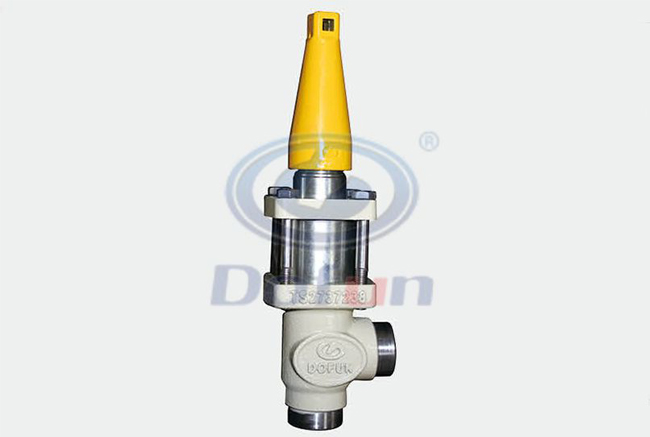The noise-prone components in hydraulic devices are generally considered to be pumps and valves, and the valves are mainly overflow valves and electromagnetic reversing valves. There are many factors that produce noise. The noise of the overflow valve has two types: velocity sound and mechanical sound. The sound of overflow flow velocity is mainly caused by oil vibration, cavitation, and hydraulic shock. Mechanical noise is mainly caused by the impact and friction of parts in the valve.
The pilot valve part of the pilot type overflow valve is a vibration-prone part. When overflowing under high pressure, the axial opening of the pilot valve is very small, only 0.003 to 0.006 cm. The flow area is very small and the flow velocity is very high, up to 200 m/s. It is easy to cause uneven pressure distribution and make the cone valve radial force imbalance and vibration.
In addition, the ovality produced during the processing of the cone valve and the cone valve seat, the sticking of dirt on the pilot valve port, and the deformation of the pressure regulating spring, etc., will also cause the cone valve to vibrate. Therefore, it is generally considered that the pilot overflow valve is the vibration source of the noise.
Due to the existence of elastic elements (spring) and moving mass (cone valve), it constitutes a condition for generating oscillation, and the front cavity of the pilot valve acts as a resonance cavity, so the vibration of the cone valve can easily cause the entire valve Resonance generates noise, and when the noise occurs, it is usually accompanied by severe pressure jumps.

When the pilot-operated overflow valve is unloading, pressure shock noise will occur due to the sudden drop in pressure of the hydraulic circuit. The more high-pressure and large-capacity working conditions, the greater the impact noise, which is caused by the hydraulic shock caused by the short unloading time of the overflow valve. During unloading, the sudden change in the oil flow rate causes a sudden change in pressure, resulting in The impact of pressure waves.
The pressure wave is a small shock wave. The noise produced by itself is very small, but when the oil is transmitted to the system, if the resonance occurs with any mechanical part, it may increase the vibration and increase the noise. Therefore, when hydraulic shock noise occurs, it is usually accompanied by system vibration.
The mechanical noise emitted by the pilot overflow valve generally comes from the impact of the parts and the friction of the parts due to machining errors. Common faults of the electromagnetic overflow valve include pilot solenoid valve malfunction, main valve pressure regulation malfunction, and impact noise during unloading. It can be reduced or eliminated by adjusting the added buffer.
During the assembly or use of the overflow valve, undue external leakage may also be caused due to the damage of the O-ring, the combination of the sealing ring, or the loosening of the mounting screws and pipe joints. Doing a good job in the routine maintenance of the overflow valve can effectively avoid failures and ensure the normal operation of the hydraulic system.
The above information is provided by the overflow valve factory.